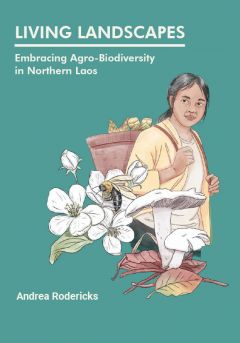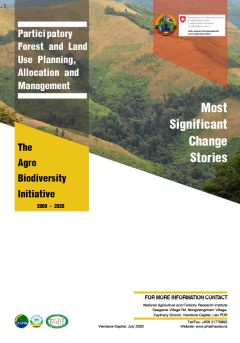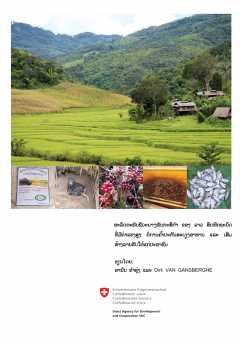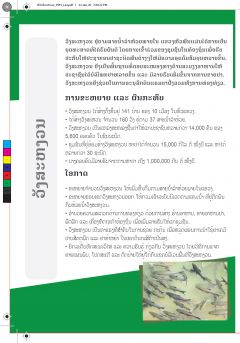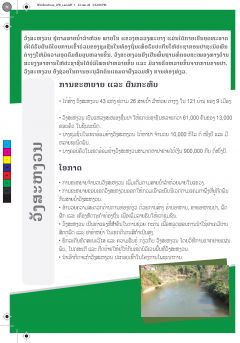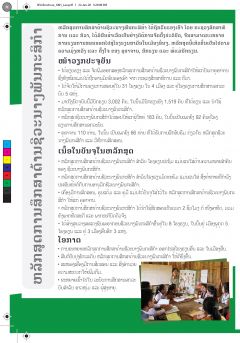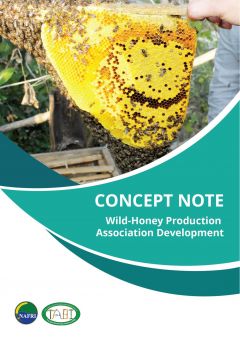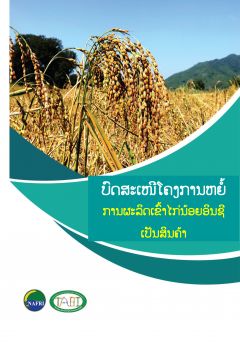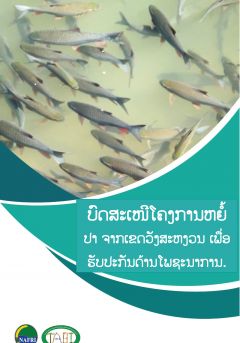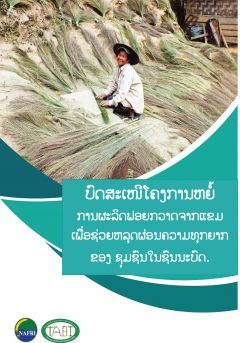Topic: Agro-ecology
No publications were found for the given selection criteria.
Lao PDR
The Lao uplands have long been recognized for their rich agro-biodiversity. Home to globally important species of animals, plants, and micro-organisms, this agro-biodiversity is the legacy of the…
Most Significant Change is a qualitative research methodology that involves project stakeholders in deciding what changes are worth recording as “stories”. MSC stories are meant to illustrate, not…
ຊີວະນາໆພັນກະສິກຳຂອງລາວ ມີທ່າແຮງເພື່ອຍົກລະດັບເສດຖະກິດທ້ອງຖິ່ນ ໂດຍຜ່່ານການປັບປຸງຊີວິດການເປັນຢູ່ຂອງຄອບຄົວຊາວພູດອຍ ແລະ ພ້ອມນັ້ນ ກໍເປັນການສ້າງຊື່ສຽງໃນເວທີສາກົນ ກ່ຽວກັບ…
• Beekeeping: A huge potential for Lao honey exists if marketing, quality control and expansion of beekeeping can be achieved.
• Native bananas: Local bananas have a diversity of value-added…
In addition to the priority activities the province also support efforts to promote of Luang Prabang
Village forestry: Being connected to many NTFPs, village forestry needs support for conservation, management, and marketing of products.
• Mushrooms: Wild mushrooms are lucrative but need support for…
• Traditional medicines: Support for conservation in key habitats, community agreements on management and harvesting, processing and equitable markets is needed.
• Fish-rice cultivation: This is an…
In Xiengkhouang province, the “wild honey” produced by the Apis Cerena bee species is natural wild honey that has traditionally been harvested from both the wild forest and by beekeepers in the…
Khao Kai Noi (KKN) is specific glutinous rice varieties produced exclusively in Xiengkhouang and Houaphanh Provinces.
Small-scale fisheries are very important in the northern part of Lao PDR, where rural people heavily depend upon the rivers’ fish stocks for…
Throughout the upland areas of Lao PDR, broom grass production is a source of income for many families and also a source of animal feed. Broom…
No publications were found for the given selection criteria.

